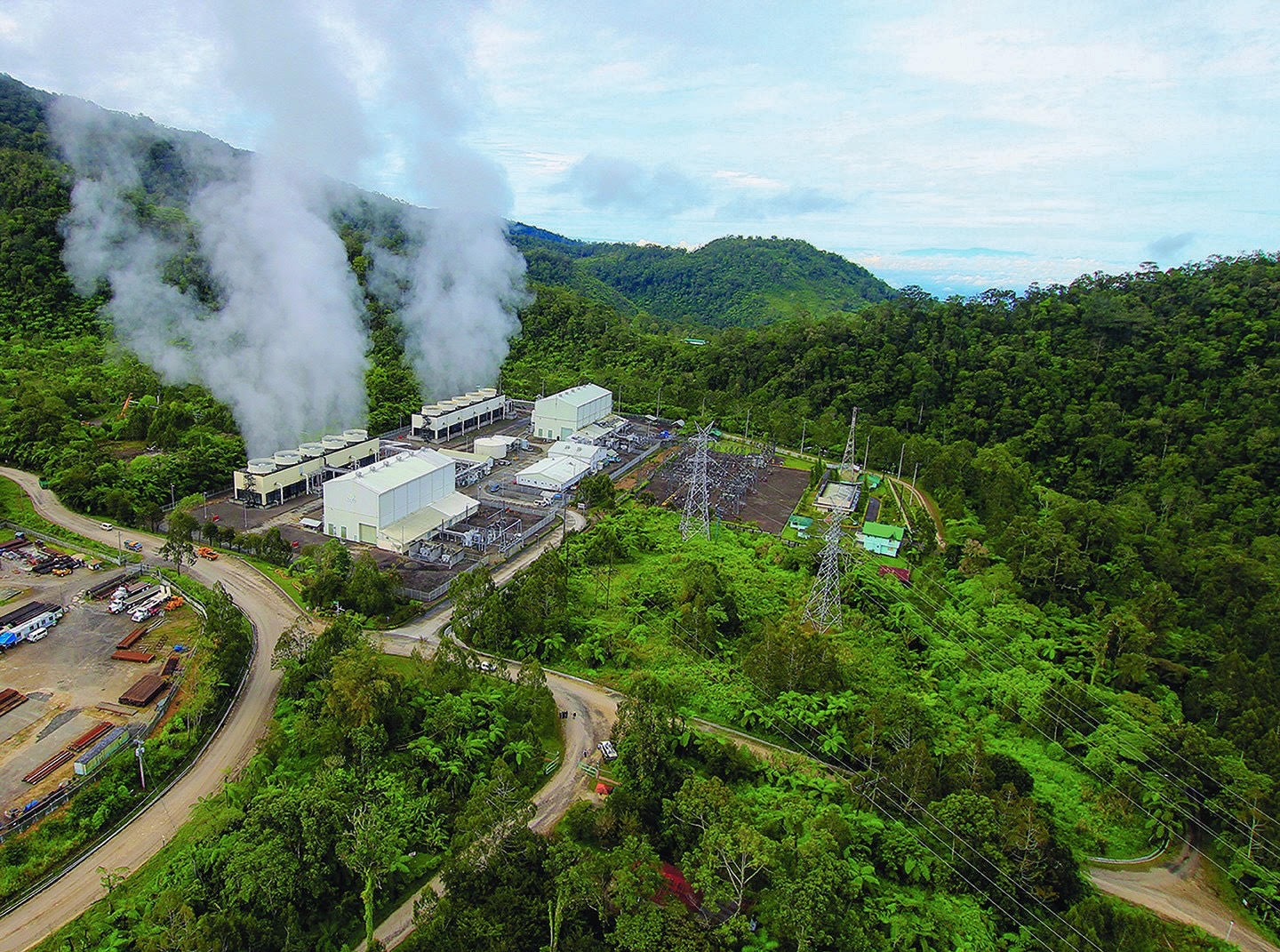PH to reclaim position as second-largest geothermal producer
- September 29, 2023
- 0

Currently ranked as the third largest producer next to Indonesia and the United States, the Department of Energy (DOE) aims for the country to reclaim its position as the second-largest geothermal producer globally with approximately 400 megawatts (MW) of potential additional capacity.
In a report by the Philippine Star, DOE Undersecretary Rowena Cristina Guevara said that previously, the Philippines held the spot as the world’s second-biggest producer of geothermal energy until it was surpassed by Indonesia last 2018.
Since 2007, the exploration and usage of geothermal energy has slowed down. Despite the enactment of Republic Act 9513 or the Renewable Energy Act of 2008, only 86 MW was added.
Expanding the total installed capacity includes the 17-MW Tiwi binary geothermal power plant, 29-MW Palayan binary power plant, and two-MW Biliran geothermal power plant, which are expected to come online by December.
According to Guevara, the Bago binary geothermal power plant and Tanawon geothermal power plant with 5.6-MW and 20-MW capacities respectively are targeted to be online by 2024.
Meanwhile, several projects with a total of 381 MW additional capacity are undergoing pre-feasibility studies.
Recent geothermal inventory efforts of the DOE revealed that seven out of 145 geothermal locations in the country are operational.
Accounting for 9.3% of total gross power generation, geothermal energy remains the top contributor to the 2022 renewable energy mix of the country, providing 10,000 gigawatt-hours to the grid.
In order to fast-track the development of low to medium-enthalpy geothermal areas, primarily for power generation, DOE said several projects have been implemented.
Last 2022, Fitch Solutions Country Risk & Industry Research noted that geothermal power will be a significant contributor to the country’s non-hydropower renewable electricity output covering 64% of the total renewable energy generation.